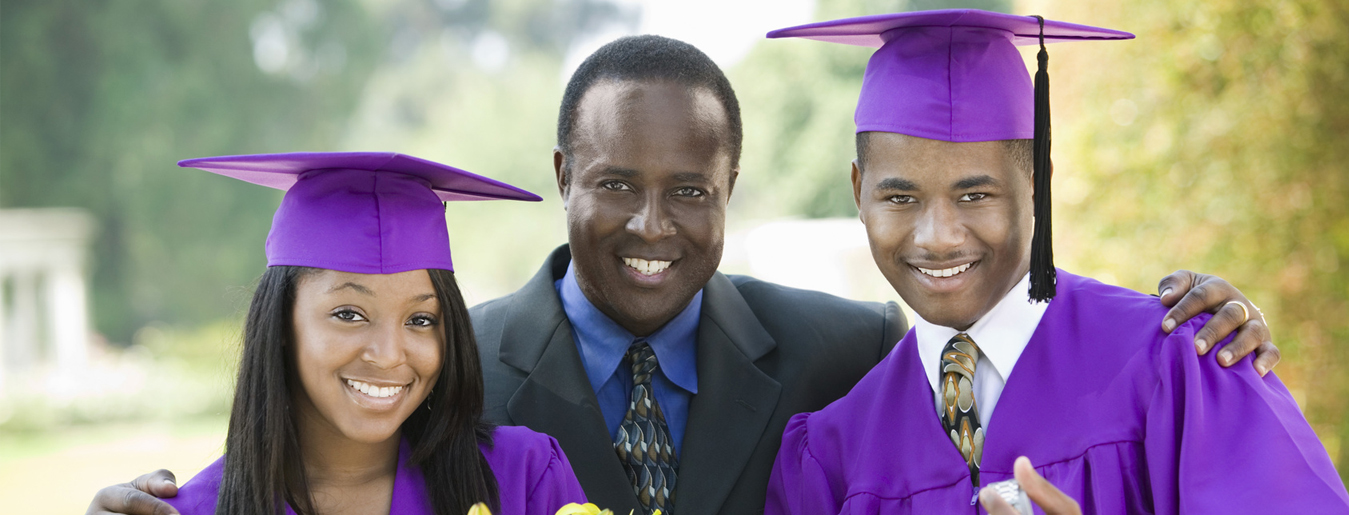Most historically black colleges and universities (HBCUs) have roots that stretch back to immediately after the Civil War. African Americans gained their freedom after the war, but they faced institutional racism that prevented them from joining most schools. In response, African Americans began educating their children in black churches. Over the next two centuries, those small schools would become some of the country’s leading colleges and universities.
HBCUs Grow With Help From Land Grants
The Morrill Acts of 1862 and 1890 set aside federal land grants for HBCUs, making it possible for the schools to establish permanent locations and grow their student bodies. Land grants helped schools expand their curricula. At first, the schools focused on the educational needs of students who would become farmers, teachers, and preachers. As they grew, many HBCUs started to add classes in subjects like law, medicine, politics, and engineering.
HBCU Locations
All HBCUs are located in the eastern half of the United States. The University of the Virgin Islands even has a campus in St. Croix & St. Thomas. Most of the HBCUs were concentrated in the southern U.S. South of Philadelphia, African Americans and their supporters established more than 100 colleges and universities.
HBCUs tend to have campuses in cities with large African-American populations. Some of those cities include Washington, D.C., Raleigh, NC, Atlanta, GA, Tuscaloosa, AL, Huntsville, Montgomery, and Birmingham.
HBCUs Provide a Comfortable Learning Environment
Black leaders created colleges and universities because segregation prevented young African-Americans from attending schools attended by white students. Even if an African-American family had the resources to pay tuition at a school like Yale or Harvard, the schools rejected student applications because of race.
Even after the Civil Rights Act ended segregation and outlawed discrimination based on color or race, black students often felt threatened at predominantly white schools. The laws may have changed, but many white people still feared integration so much that they responded violently.
With the Civil Rights Act of 1964, black students earned the right to attend public and private universities, but they rarely felt safe on their campuses.
HBCUs provide comfortable environments where black students can learn without the threat of violence or discrimination.
HBCUs Attract Some of the Black Community’s Brightest Students
HBCUs have educated some of the most influential leaders in the black community. Some of the most significant leaders who attended HBCUs include:
-
Martin Luther King, Jr. (Morehouse College)
-
W. E. D. Du Boise (Fisk University)
-
Spike Lee (Morehouse College)
-
Kamala Harris (Howard University)
-
Oprah Winfrey (Tennessee State University)
-
Althea Gibson (Florida A&M University)
-
Marian Wright Edelman (Spelman College)
Many African-American students want to attend HBCUs because the schools have such great reputations for developing leaders in civil rights, politics, entertainment, science, and art.
HBCUs Often Perform Better Than Predominantly White Institutions
The educations that students receive at HBCUs have not degraded since Dr. King attended Morehouse College. In fact, recent studies show that HBCUs often perform better than predominantly white institutions (PWIs).
One lengthy study from the U.S. Commission on Civil Rights finds that African-American students attending HBCUs are 6% to 16% more likely to earn their degrees within 6 years than black students attending PWIs.
Blacks students who attend HBCUs have the opportunity to participate in a rich cultural heritage while earning their degrees. Many HBCUs, like Ivy League schools, give preference to legacy students. Legacy students have relatives who graduated from the school. As a result, African-Americans can continue a culture that puts them equal with white students that attend PWIs.
Over the years, HBCUs have become increasingly diverse. While 76% of students at HBCUs are black, 13% identify as white, 3% identify as Hispanic or Latino, and 1% identify as Asian. Still, HBCUs continue to support the advancement of black people and their communities by giving them challenging programs that prepare them for the future.
Sources:
https://nmaahc.si.edu/blog/five-things-know-hbcu-edition
http://www.americanradioworks.org/segments/hbcu-history/
https://www.myhbcuinterview.com/news/as-an-african-american-should-i-attend-an-hbcu
https://www.chronicle.com/article/How-Are-Black-Colleges-Doing-/243119

